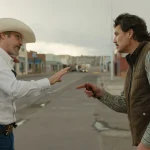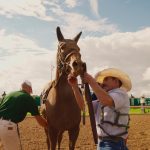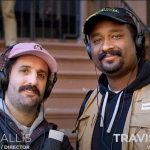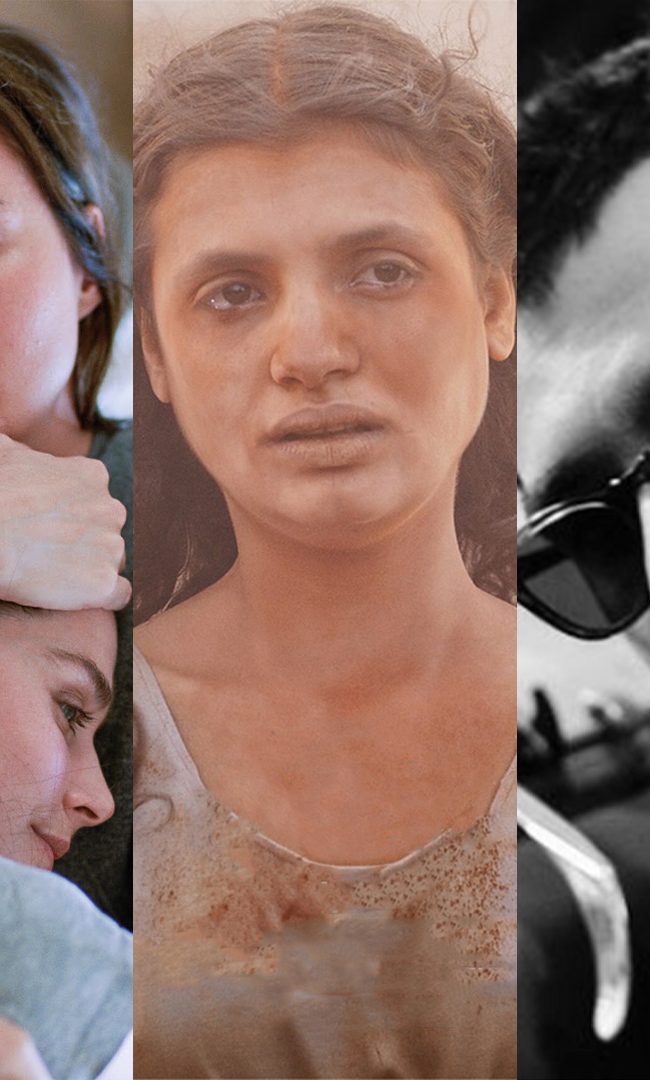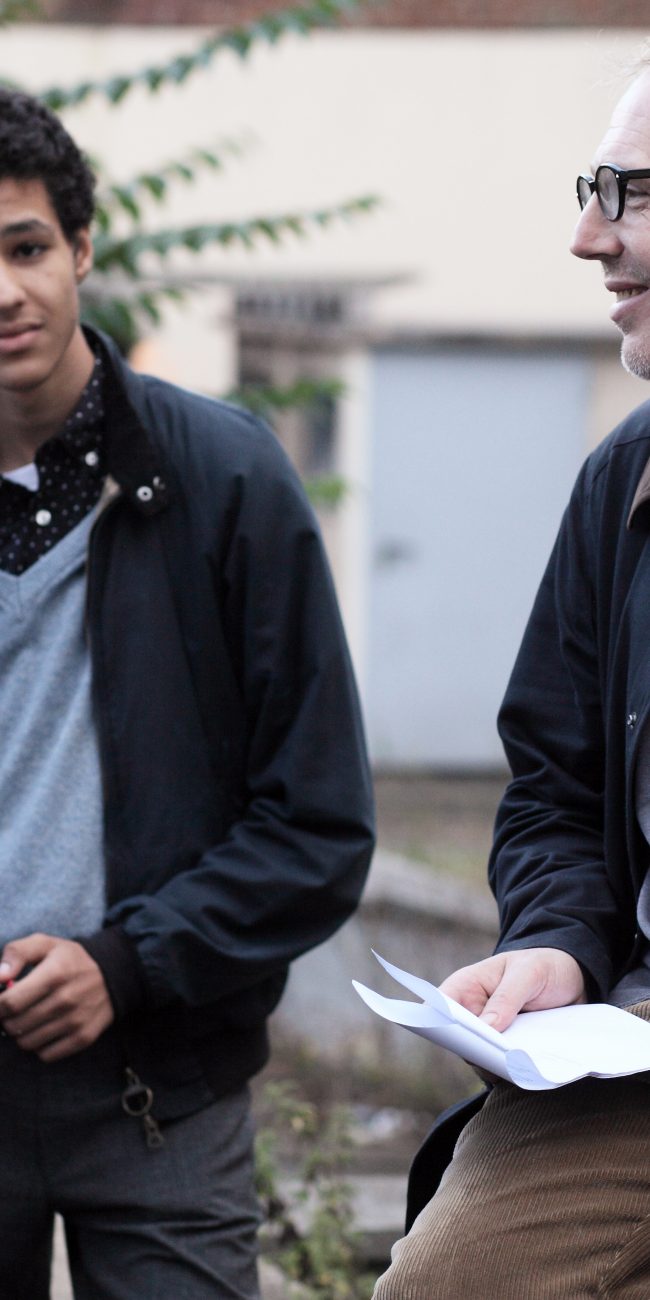UNCROPPED
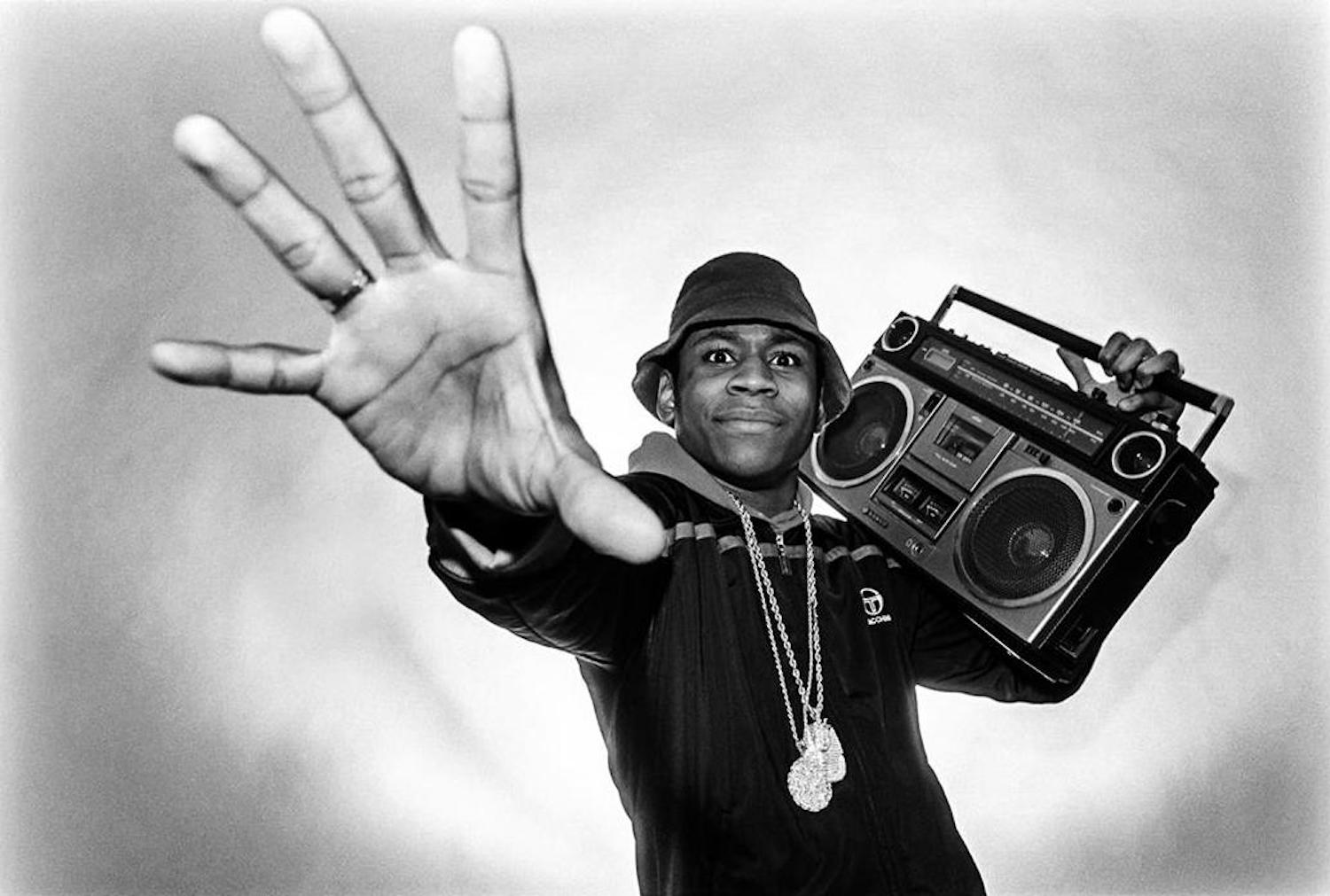
(DOC NYC, America’s largest documentary film festival, runs November 8-16 in New York City. HtN has boots on the ground and will be bringing you tons of coverage like Chris Reed’s movie review of Uncropped. Seen it? Join the conversation with HtN on our Letterboxd Page.)
Lensman James Hamilton may be a well-deserved star among those who know their photojournalists, but beyond those circles, his work has no doubt been seen and appreciated but also taken for granted for decades. Thanks to Uncropped, a new documentary from director D.W. Young (The Booksellers), we can now all learn about Hamilton’s contributions to our visual culture since the late 1960s. They are many.
The film is divided into sections by stages of Hamilton’s career, beginning with his stint at the rock magazine Crawdaddy from 1969-1971. From there, he moved through other publications before landing, in 1974, at The Village Voice, where he would remain as a staff photographer through 1993, with side gigs shooting stills for zombie filmmaker George Romero, as well. His final newspaper job was at The New York Observer until 2008.
These days, or so it seems from the movie, he is still as active behind the camera as ever, but mostly working with artist and poet—and also publisher—Eva Prinz on a big coffee-table book of his œuvre. Young follows him around his stomping grounds in New York and New Jersey for a series of conversations with colleagues past and present with whom he reminisces about time gone by. That’s a nice twist on the otherwise-standard talking-head interview.
Some of those discussions include investigative journalist Kathy Dobie (Hamilton’s longtime companion); additional journalists such as Michael Daly, Thulani Davis, and Mark Jacobson; fellow photographer Sylvia Plachy; news-photo editor Susan Vermazen; and filmmaker Wes Anderson, for whom Hamilton began shooting on-set stills beginning with 2001’s The Royal Tenenbaums. Their voices add to the celebratory atmosphere of the movie, ensuring that we understand why Uncropped’s subject deserves such cinematic tribute. In their world, he was and is very much a star.
The film also provides a robust analysis of the heyday, and then decline, of print journalism. As such, there’s an underlying melancholy to the piece, as we watch all the publications Hamilton worked for either go out of business or struggle in the internet age. Tell us about those glory days, please, and let us remember them fondly, but it is very sad to see them go.
Young draws fascinating parallels with actual cinema history, too, given Hamilton’s love of that medium (he managed to appear on screen in many of the films for which he shot stills). Still and moving images complement each other perfectly. If Uncropped occasionally feels like an elaborate home movie made for James Hamilton’s private collection, with a lot of name-dropping and assumptions that we the audience know and care about the milieu, it also provides ample support for its own assertions about the value of its central thrust. We should all be so lucky to receive such a portrait.
– Christopher Llewellyn Reed (@ChrisReedFilm)
DOC NYC; D.W. Young; Uncropped documentary movie review

